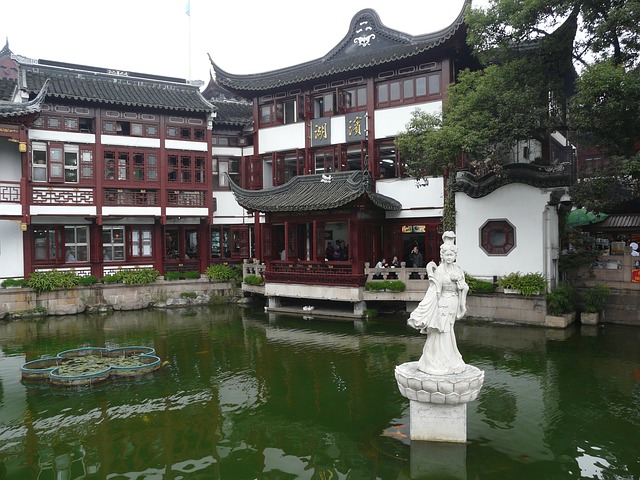An Aesthetic Portrayal of Republican-era Shanghai
The exciting and discordant beauty of the metropolis in Zhang Ruogu’s Urban Symphony
DOI:
https://doi.org/10.31273/eirj.v10i3.920Keywords:
Zhang Ruogu, Republican Shanghai, Modern Chinese Literature, Republican Studies, Shanghai literature, 1920s ShanghaiAbstract
This article examines the aesthetic representation of Republican-era Shanghai in Zhang Ruogu’s 張若谷 Duhui jiaoxiangqu 都會交響曲 (‘Urban Symphony’). Guiding the construction of the city are Zhang’s aesthetic principles of cijimei and podiaomei, two concepts taken from Japanese modernism, which convey a unique vision of Shanghai modernity. On the one hand, cijimei refers to a kind of ‘exciting beauty’, which, according to Zhang Ruogu, is the apex of modern aesthetics. Zhang Ruogu locates cijimei within modern Shanghai in places such as the city’s cafés, dance halls, and cinemas. On the other hand, podiaomei can be translated as ‘discordant beauty’. This kind of beauty differs from the traditional concept of harmonic beauty, as it originates in more modern surroundings that emphasise simplicity and excitement. Zhang Ruogu characterises podiaomei as ‘simplification’ and ‘excitement’. When reading Zhang Ruogu’s works, it is possible to identify these aesthetic elements in relation to his depiction of Shanghai. Thus, these concepts enhance our understanding of Zhang Ruogu’s representation of urban culture in Republican-era Shanghai.
Downloads

Downloads
Published
Issue
Section
License
Copyright (c) 2023 Ambra Minoli

This work is licensed under a Creative Commons Attribution 4.0 International License.
Authors who publish with this journal agree to the following terms:
Authors retain copyright and grant the journal right of first publication with the work simultaneously licensed under a Creative Commons Attribution License (CC-BY), which permits use and redistribution of the work provided that the original author and source are credited, a link to the license is included, and an indication of changes which were made. Third-party users may not apply legal terms or technological measures to the published article which legally restrict others from doing anything the license permits.
If accepted for publication authors’ work will be made open access and distributed under a Creative Commons Attribution (CC-BY) license unless previously agreed with Exchanges’ Editor-in-Chief prior to submission.
Authors are able to enter into separate, additional contractual arrangements for the non-exclusive distribution of the journal's published version of the work (e.g., post it to an institutional repository or publish it in a book), with an acknowledgement of its initial publication in this journal.
Authors are permitted and encouraged to post their work online (e.g., in institutional repositories or on their website) prior to and during the submission process, as it can lead to productive exchanges, as well as earlier and greater citation of published work. (see: The Effect of Open Access)
